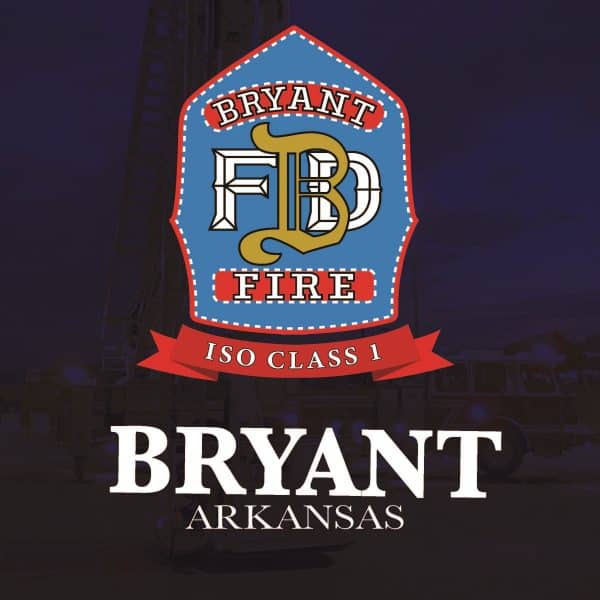
According to the Bryant Fire Department, they have been awarded a Class 1 Rating by the Insurance Service Office (ISO). This change will be effective March 1, 2018. It is an improvement from the Class 2 rating and places the Bryant Fire Department in the top .25 of 1% of Fire Departments in the United States.
“These guys are constantly looking for ways to improve the services we deliver to the citizens we serve,” stated Bryant Fire Chief J.P. Jordan. “This enhanced rating not only speaks highly of our Bryant Fire Department, but also of how impressive our 9-1-1 Emergency Dispatch and Water Department and systems are as well.”
ISO, through its Public Protection Classification Program (PPC), issues ratings to fire departments throughout the country based on the effectiveness of their fire protections services. The ISO rating is a numerical grading system and is one of the primary elements used by the insurance industry to develop premium rates for residential and commercial businesses. It analyzes data using a Fire Suppression Rating Schedule (FSRS) and then assigns a Public Protection Classification from 1 (the best) to 10.
“This is an exciting announcement and a huge day for the citizens of Bryant,” stated Mayor Jill Dabbs. “The improved rating translates into commercial and residential insurance premium savings and serves to attract new development and businesses to our city.”
The FSRS considers three main areas of the community’s fire suppression capabilities; the Fire Department, Emergency communications (911 call center), and water supply. The FSRS also includes in its assessment, a community risk reduction section. Involved in this assessment is the strength of the Fire Department in fire prevention, public fire safety education, and fire investigation. There are several key elements that are considered when evaluating a Fire Department. Among these are response capabilities, which includes adequate staffing of fire service personnel, fire station distribution (location and coverage), appropriate apparatus and equipment, training, water supplies, organizational structure, communications, building/fire prevention codes and the effectiveness of these codes.




